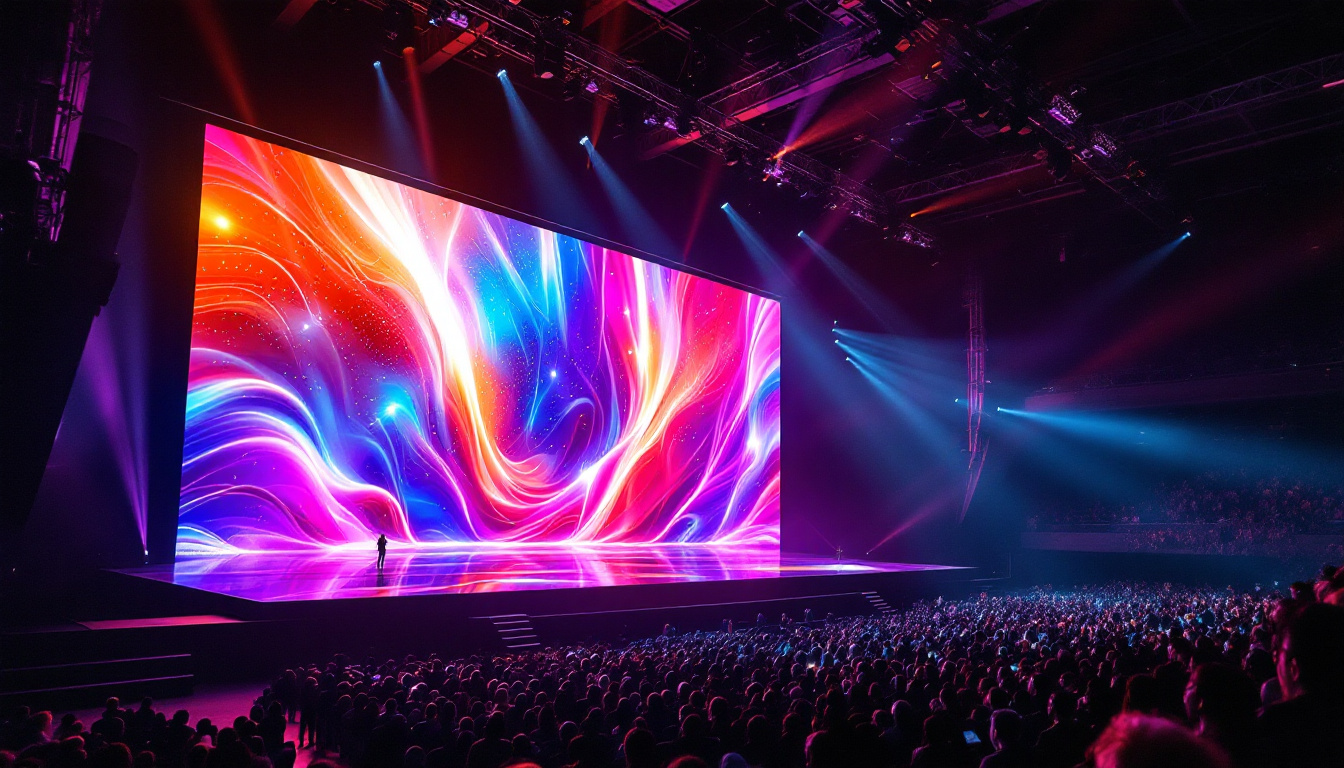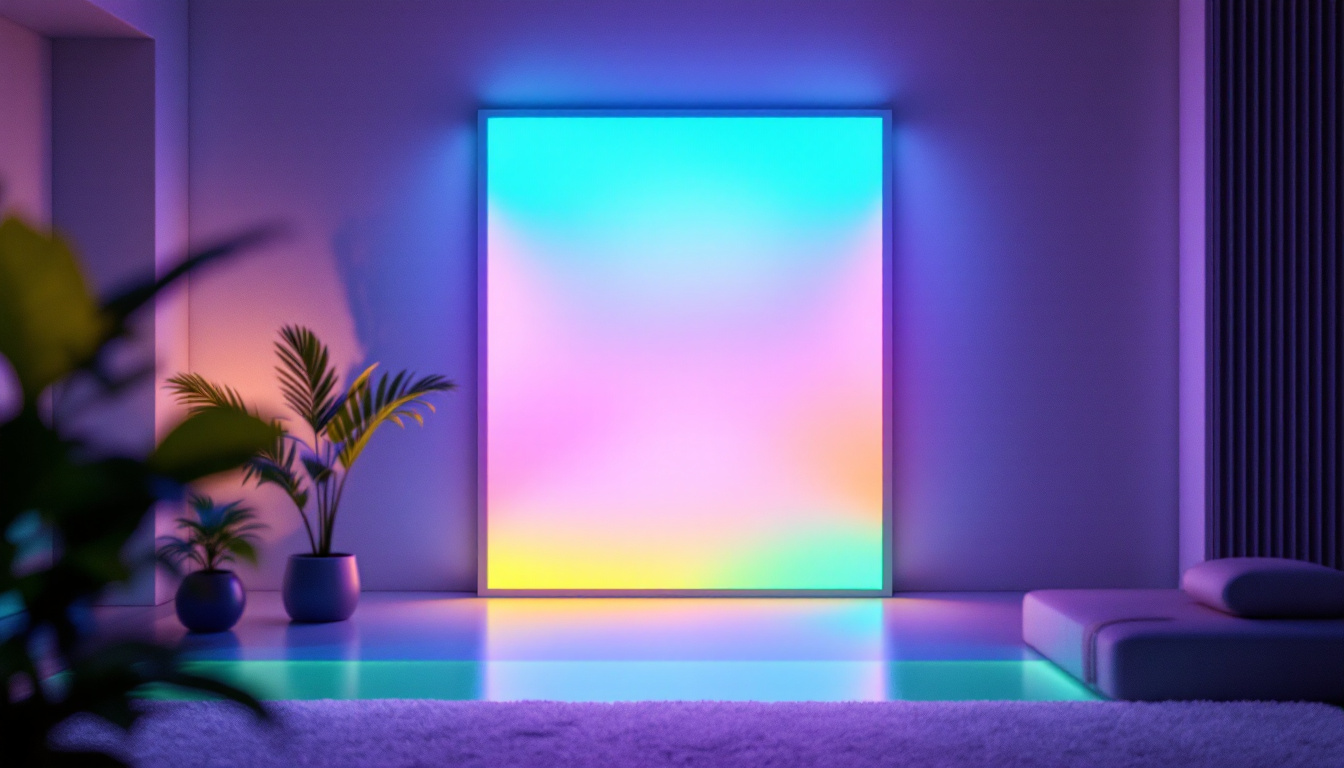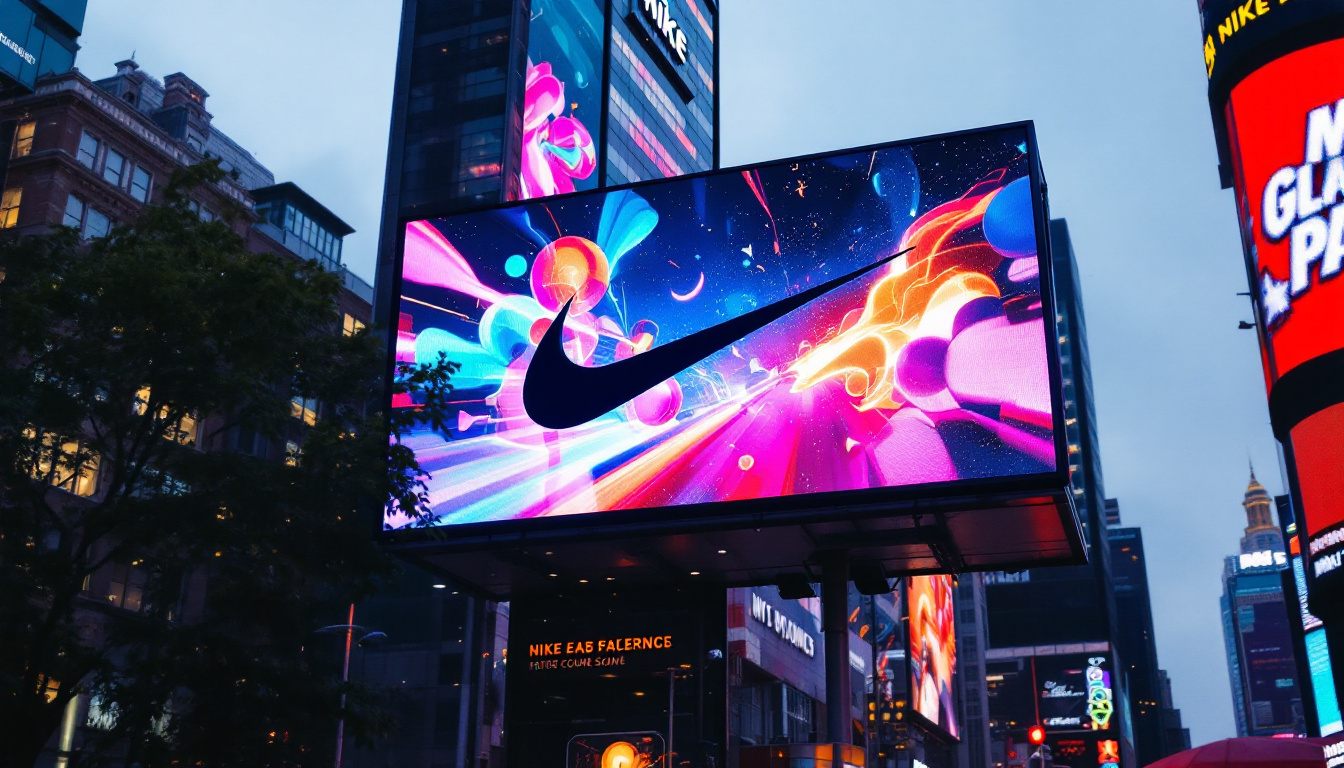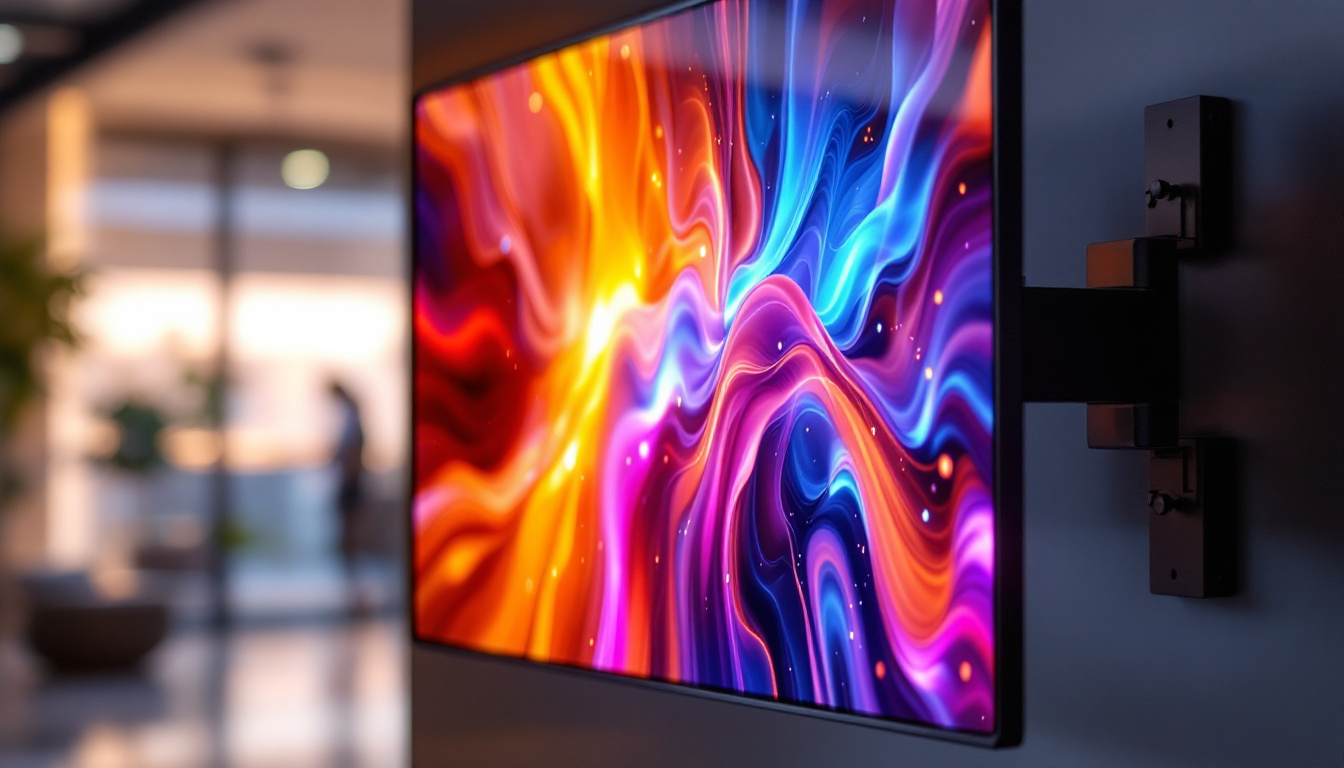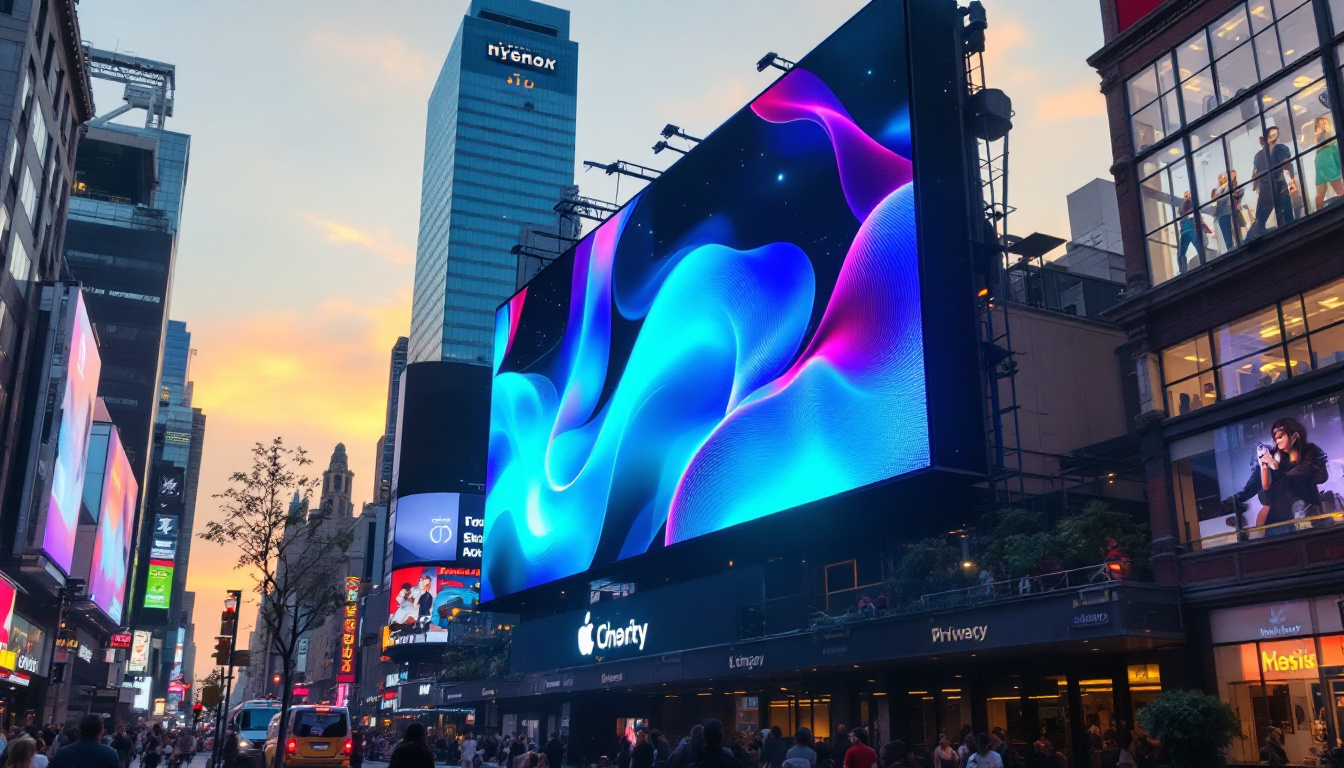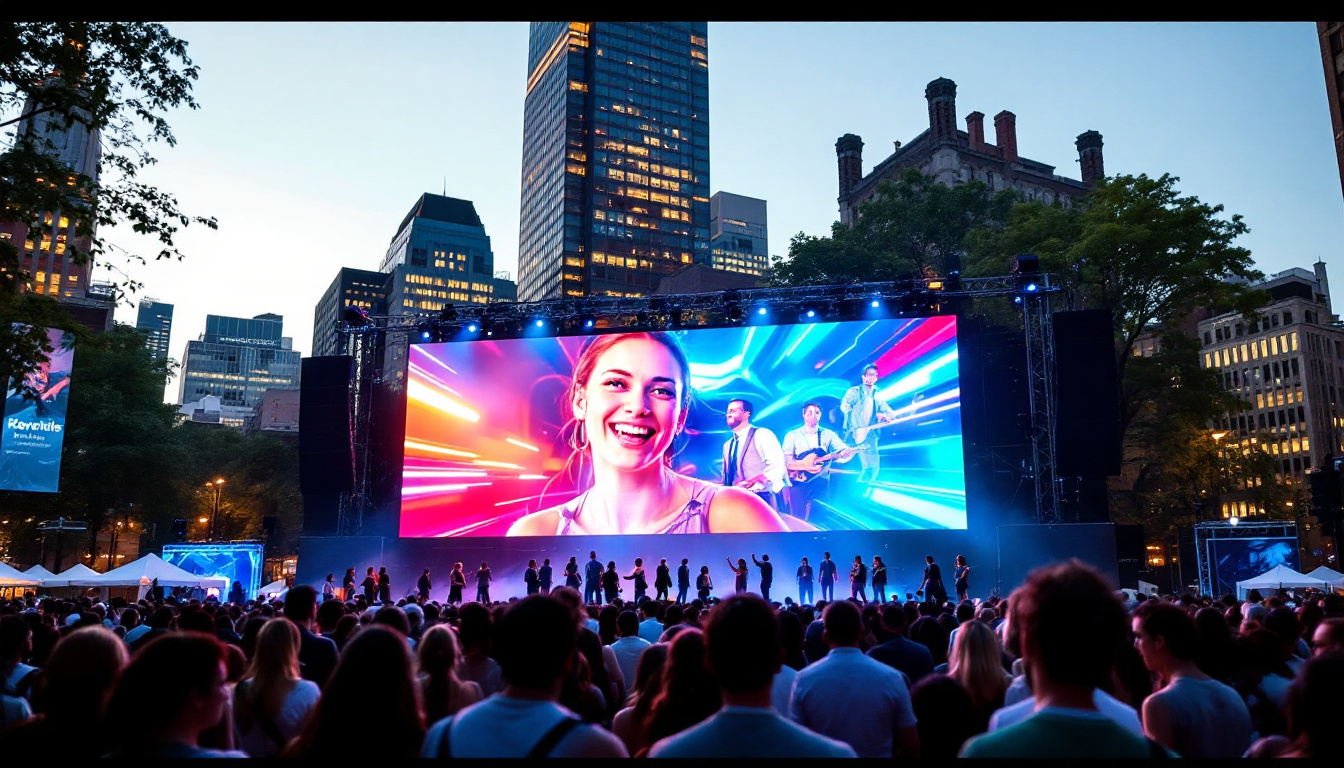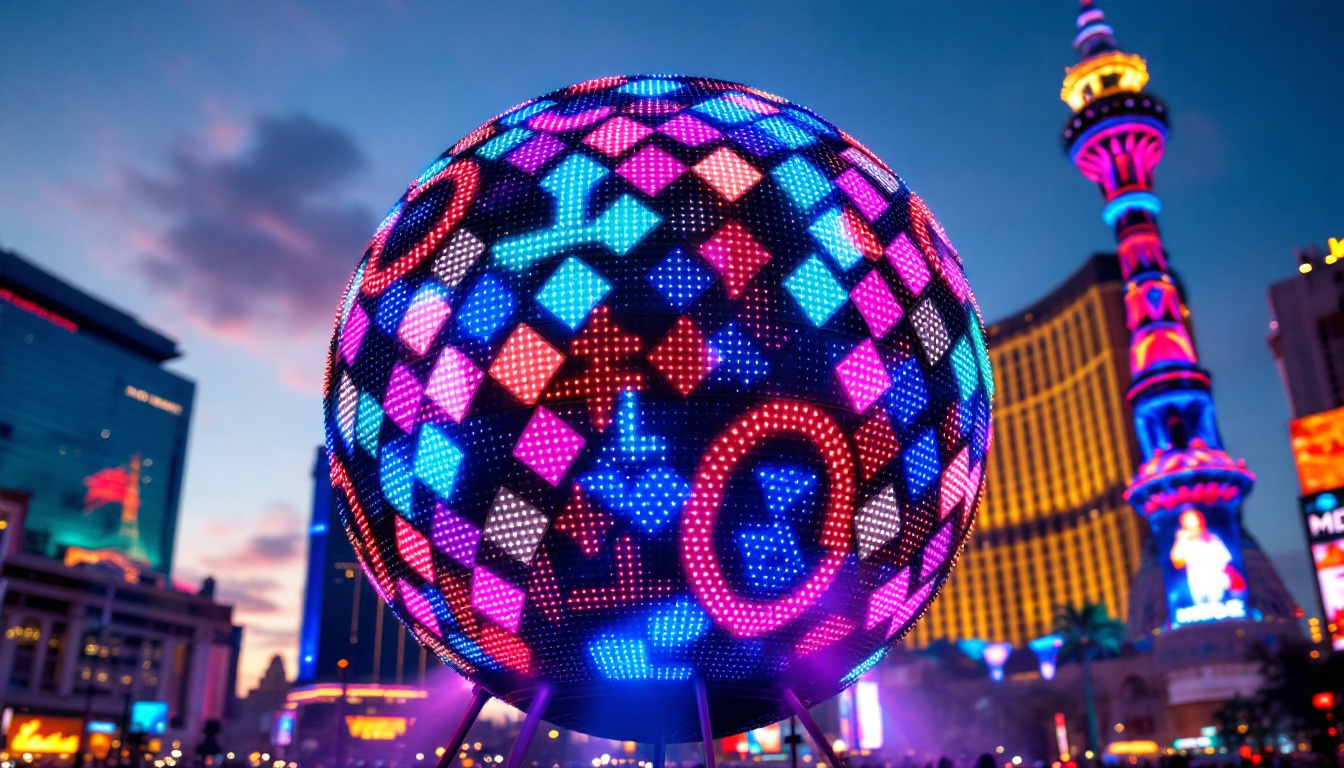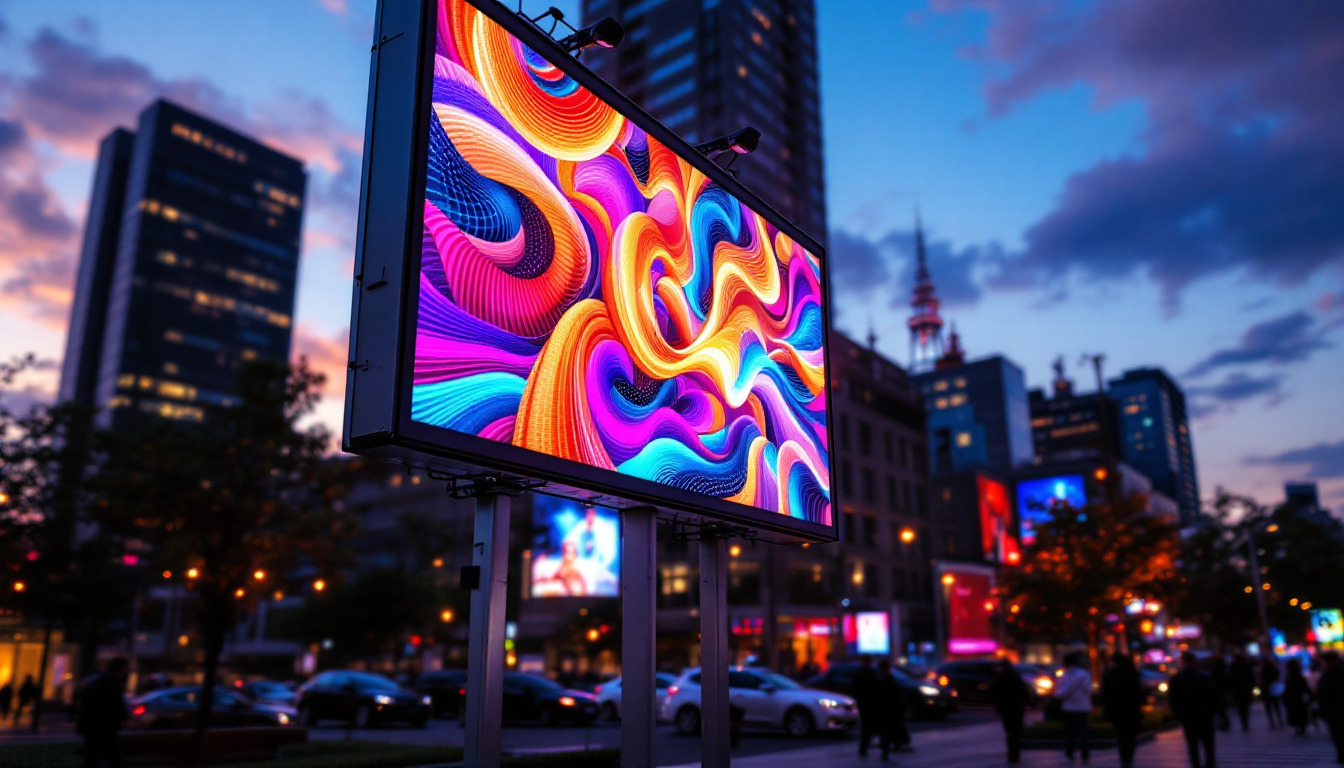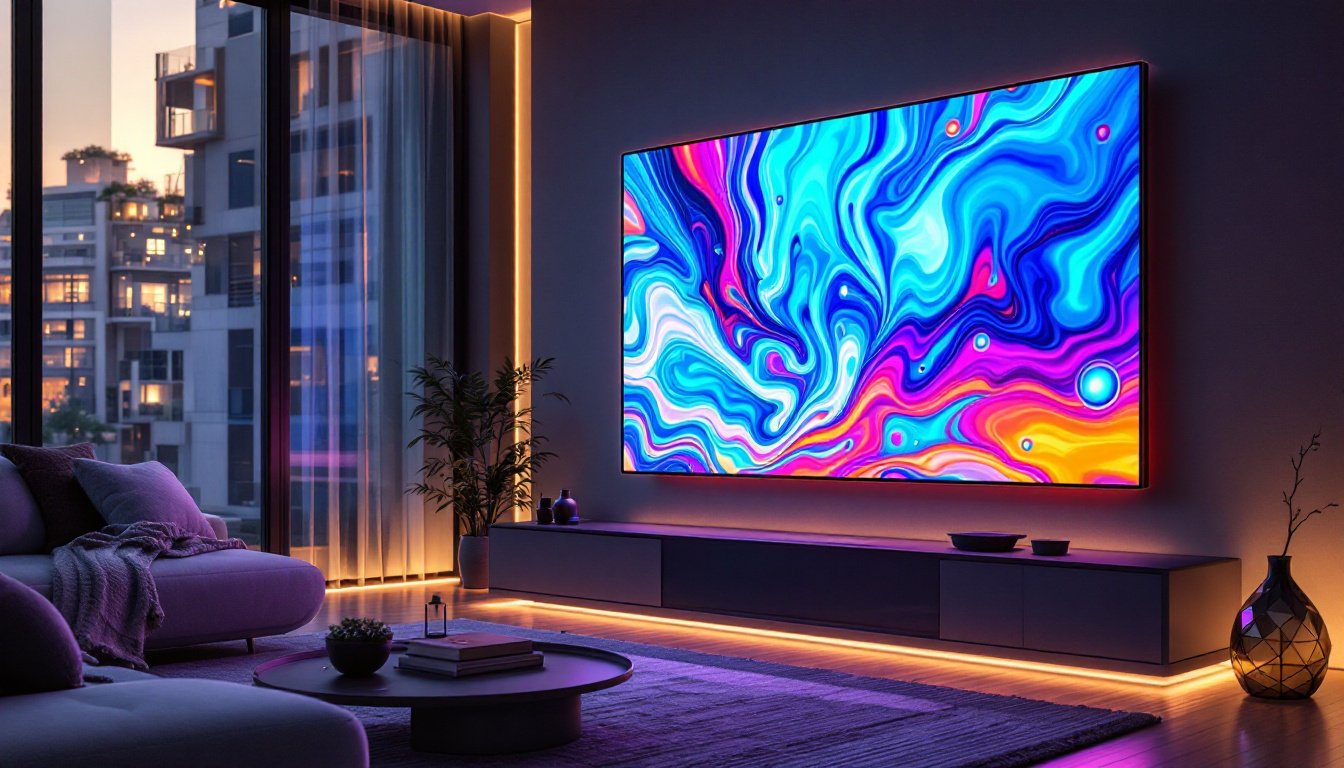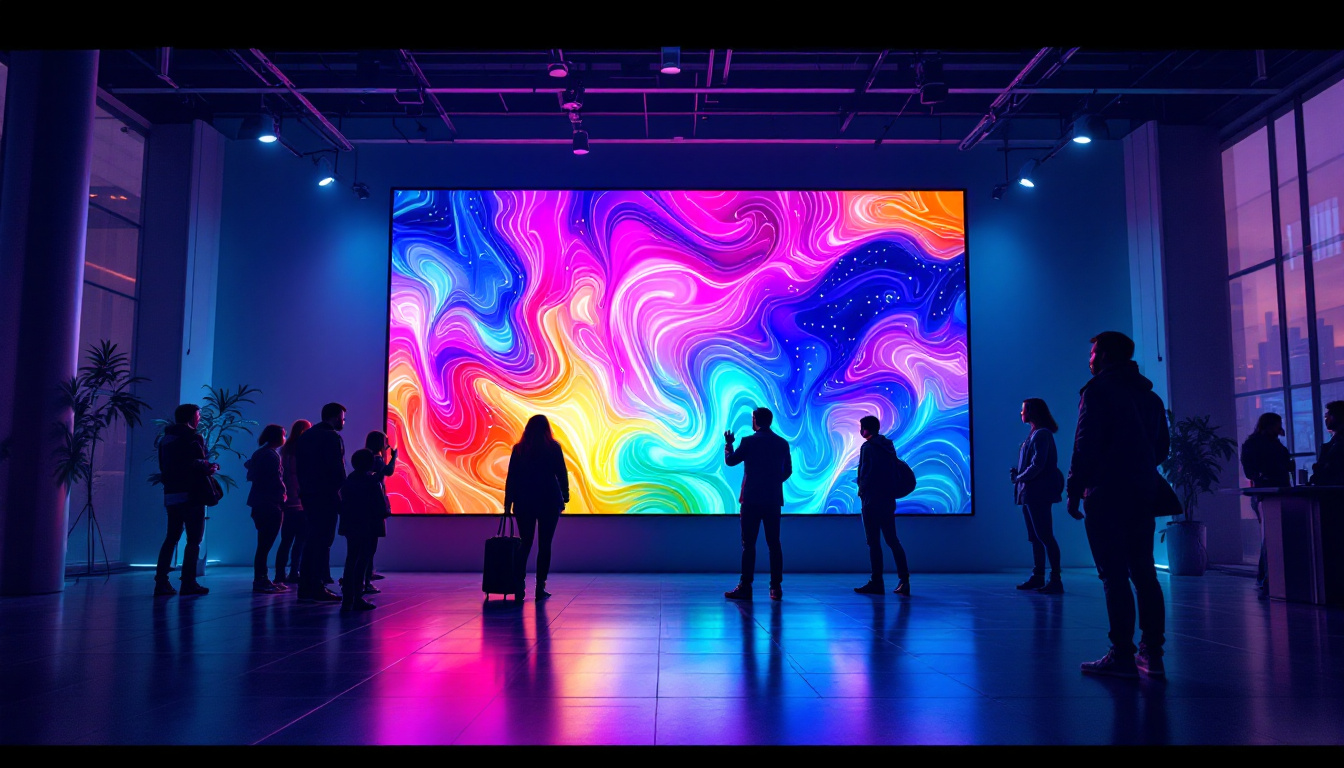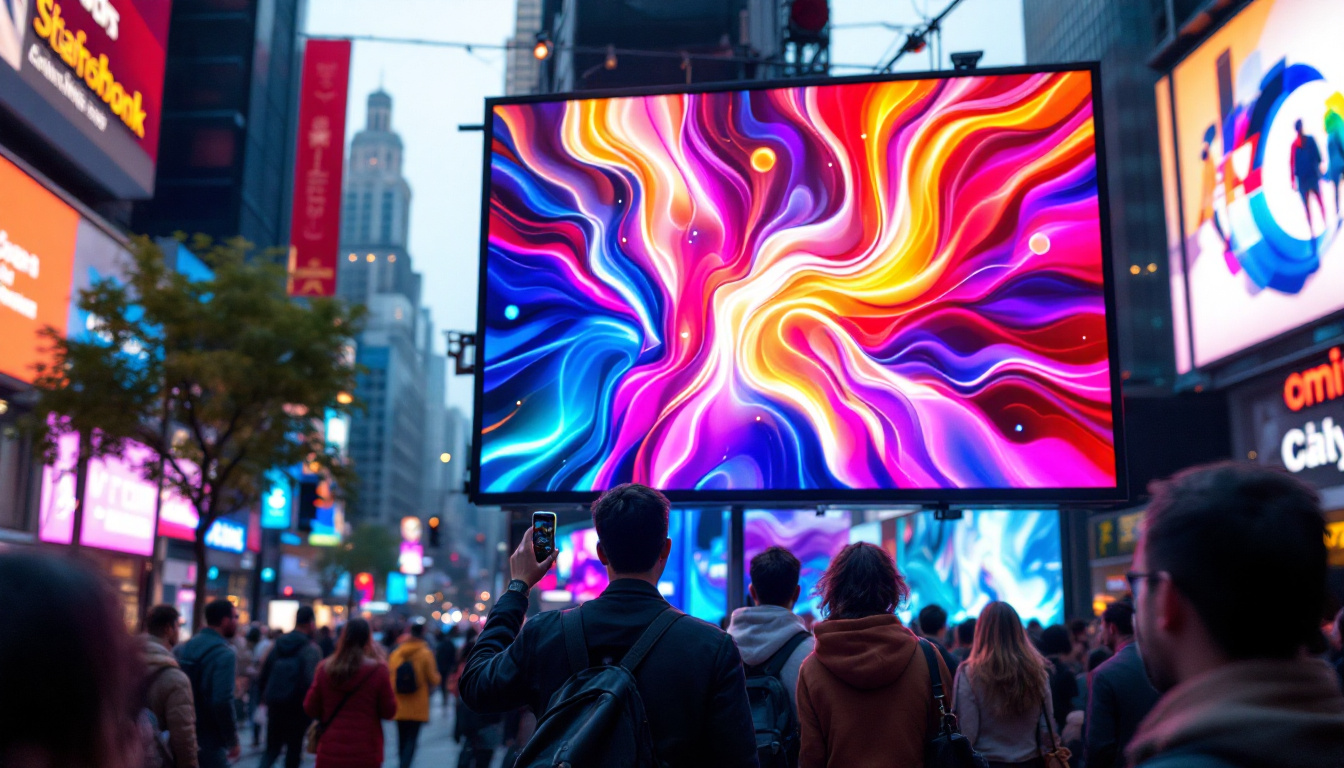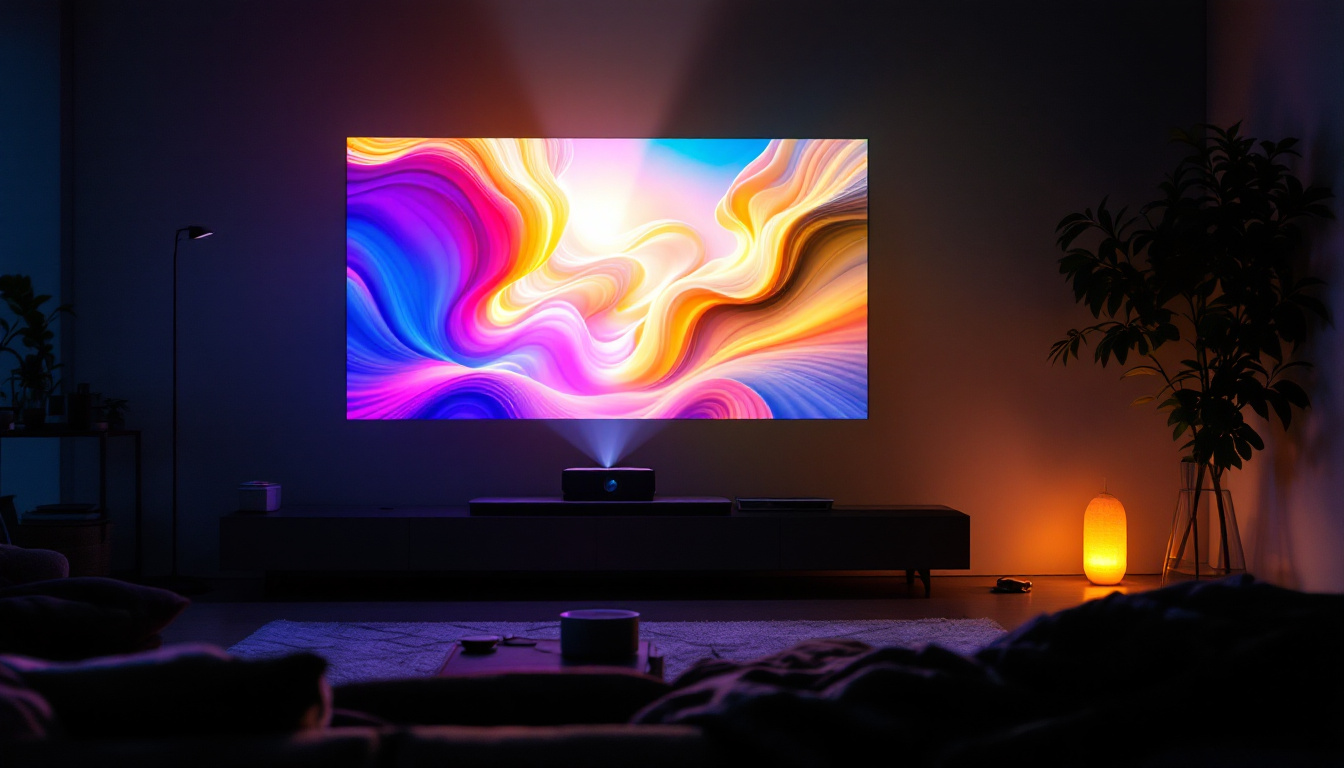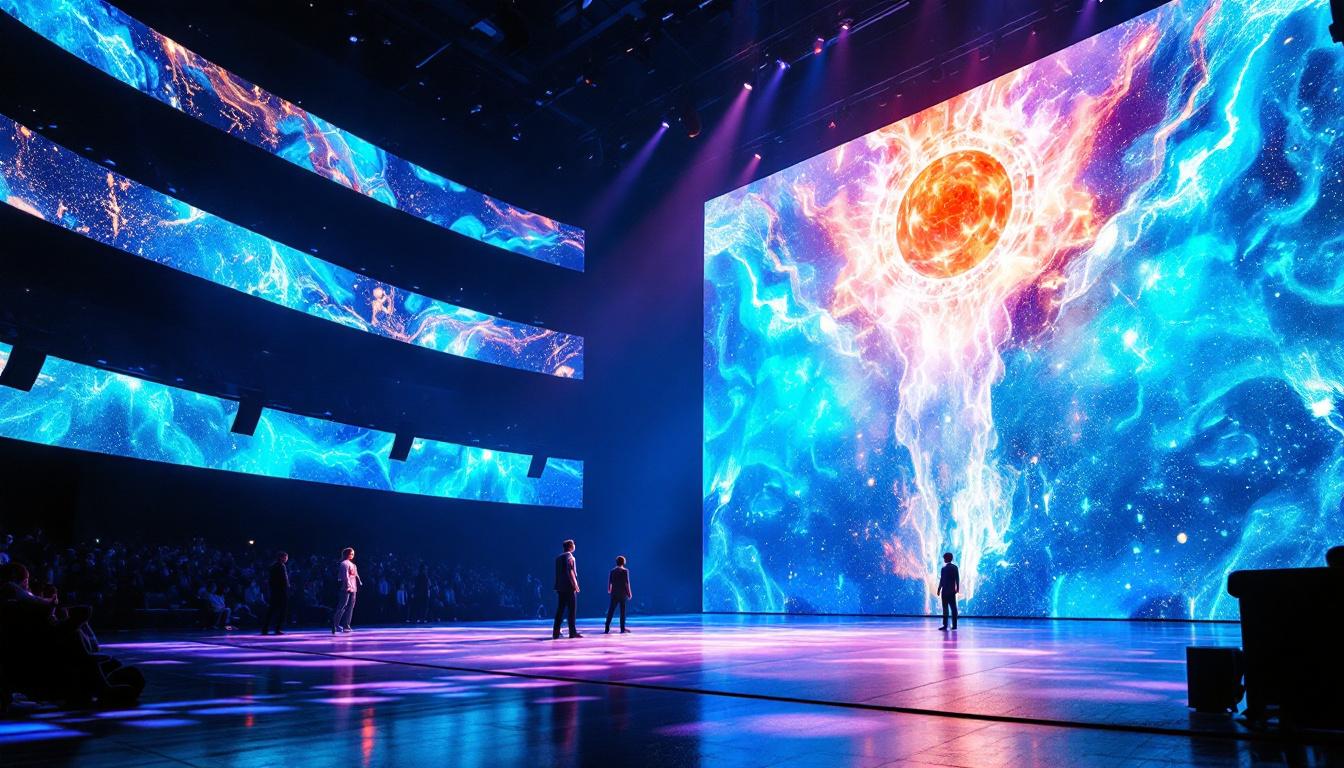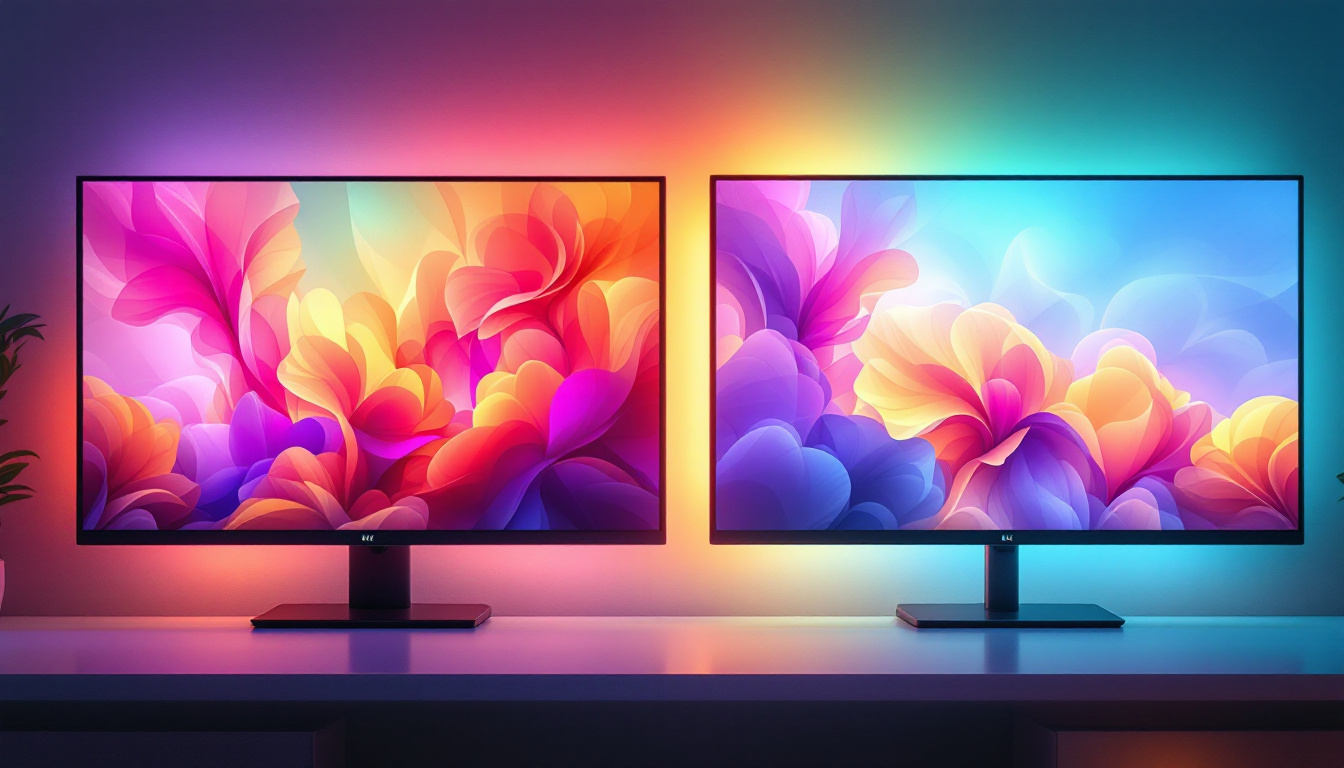The world of cinema has witnessed a remarkable transformation over the years, particularly with the advent of advanced display technologies. Among these innovations, LED displays have emerged as a game-changer, offering unparalleled visual experiences. This article delves into the largest theatre screen in the world, exploring its features, technology, and the impact it has on the cinematic experience.
Understanding LED Technology
LED, or Light Emitting Diode, technology has revolutionized the way visuals are presented in theatres. Unlike traditional projection systems, LED displays utilize thousands of tiny diodes to create vibrant images. This technology not only enhances brightness and color accuracy but also allows for a more immersive viewing experience.
How LED Displays Work
At the core of LED technology is the ability to emit light directly, rather than relying on a bulb to project images onto a screen. Each pixel in an LED display is made up of red, green, and blue diodes, which combine to create a full spectrum of colors. This direct emission of light results in higher contrast ratios and deeper blacks, making the visuals pop.
Additionally, LED displays can be modular, meaning they can be assembled in various sizes and shapes. This flexibility allows for the creation of massive screens that can dominate a theatre, providing an unparalleled visual experience for audiences. The modularity also facilitates creative designs, enabling theatres to customize their setups for specific performances or events, thus enhancing the overall ambiance and engagement of the audience.
Benefits of LED Displays in Theatres
The shift to LED technology in theatres brings numerous benefits. One of the most significant advantages is the enhanced brightness levels. LED displays can achieve higher brightness than traditional projectors, making them ideal for large venues where ambient light can be an issue.
Moreover, LED displays offer superior energy efficiency. They consume less power compared to traditional projection systems, reducing operational costs for theatre owners. The longevity of LED technology is another compelling factor; LED screens can last significantly longer than conventional bulbs, minimizing maintenance and replacement expenses. Furthermore, with advancements in LED technology, screens are now capable of displaying high dynamic range (HDR) content, which enhances the viewing experience by providing a wider range of colors and improved detail in both shadows and highlights. This capability allows filmmakers and content creators to present their work in a way that closely aligns with their artistic vision, captivating audiences in a way that was previously unattainable with older technologies.
The Largest Theatre Screen: A Closer Look
As of now, the title of the largest theatre screen in the world belongs to the **Lumiere Cinema** in Sydney, Australia. This massive screen measures an astounding **35 meters** in width and **14 meters** in height, making it a true marvel of modern technology. The screen is composed of thousands of LED modules, seamlessly integrated to create a unified display.
Design and Construction
The design of the Lumiere Cinema screen is a feat of engineering. Each LED module is carefully calibrated to ensure color consistency and brightness uniformity across the entire surface. This meticulous attention to detail is crucial for maintaining the quality of the viewing experience, particularly in a theatre setting where viewers are seated at varying distances from the screen.
The construction process involved advanced techniques to ensure that the screen could withstand the rigors of daily use while delivering exceptional performance. The use of lightweight materials and innovative mounting solutions allows for easy installation and maintenance, which is vital for a venue that hosts numerous screenings each day.
Additionally, the screen’s design incorporates cutting-edge technology that minimizes reflections and glare, further enhancing the viewing experience. Engineers also integrated a sophisticated cooling system to prevent overheating during extended use, ensuring that the screen operates at peak performance without compromising image quality. This attention to both aesthetic and functional details exemplifies the commitment to excellence that the Lumiere Cinema embodies.
Viewing Experience
The experience of watching a film on the largest theatre screen in the world is nothing short of breathtaking. The sheer size of the display envelops the audience, creating a sense of immersion that is hard to replicate. Coupled with high-quality sound systems, the combination provides a cinematic experience that transports viewers into the heart of the action.
Moreover, the clarity and vibrancy of the images displayed on the LED screen enhance the storytelling aspect of films. Colors appear more vivid, and details are sharper, allowing audiences to appreciate the artistry behind each frame. This heightened level of engagement can significantly impact how stories are perceived and enjoyed.
In addition to the visual spectacle, the Lumiere Cinema has invested in state-of-the-art sound technology that complements the screen’s capabilities. With surround sound systems that utilize advanced audio engineering, viewers are not just watching a film; they are experiencing it. The sound design is meticulously crafted to ensure that every whisper, explosion, and musical score resonates with precision, further immersing the audience in the narrative. This synergy between visual and auditory elements creates a holistic cinematic experience that is truly unparalleled.
Impact on the Film Industry
The introduction of the largest LED screen has implications that extend beyond the theatre itself. It represents a shift in how films are produced and presented. Filmmakers are increasingly considering the capabilities of large LED displays when crafting their visual narratives, leading to a new era of cinematic storytelling.
Filmmaking Innovations
With the capabilities of large LED screens, filmmakers are inspired to push the boundaries of creativity. The ability to showcase intricate details and vibrant colors encourages directors and cinematographers to explore new techniques and styles. This innovation can lead to the development of films that are specifically designed to take advantage of the unique qualities of LED technology.
Furthermore, the immersive experience offered by such large displays can influence narrative structures. Filmmakers may choose to create more visually driven stories that rely on stunning visuals to evoke emotions, rather than solely relying on dialogue and traditional storytelling methods.
Audience Engagement
The largest theatre screen also plays a crucial role in enhancing audience engagement. As viewers are drawn into the cinematic world, their emotional responses can be heightened. This immersive experience can lead to increased satisfaction and a deeper connection to the film being presented.
Moreover, the presence of such a grand display can attract larger audiences, encouraging more people to visit theatres. This influx can revitalize the cinema industry, which has faced challenges in recent years due to the rise of streaming services and home viewing options.
Challenges and Considerations
Despite the numerous advantages of LED displays, there are challenges and considerations that come with implementing such technology in theatres. The initial investment required for installation can be substantial, and theatre owners must weigh the costs against potential returns.
Cost Implications
The cost of acquiring and installing a large LED screen can be a significant barrier for many theatres. While the long-term savings on maintenance and energy consumption are appealing, the upfront investment can deter smaller venues from making the switch. Theatre owners must carefully evaluate their financial situation and consider potential financing options to make such a transition feasible.
Additionally, ongoing maintenance and technical support are essential to ensure the longevity of the display. Theatre operators need to invest in training staff to handle any issues that may arise, further adding to the overall cost of ownership.
Content Adaptation
Another challenge lies in content adaptation. Not all films are currently optimized for large LED displays, which can lead to discrepancies in quality. Filmmakers and studios may need to invest additional resources to ensure that their content is suitable for such a grand format. This may involve remastering older films or creating new content specifically designed for LED viewing.
As the industry evolves, it will be essential for filmmakers, studios, and theatres to collaborate closely to ensure that the content aligns with the capabilities of large LED screens. This collaboration can lead to a more cohesive cinematic experience for audiences.
The Future of Theatre Screens
The rise of LED technology in theatres marks a significant turning point in the film industry. As the largest theatre screen continues to set new standards, it is likely that more venues will follow suit, embracing the advantages of this innovative technology.
Emerging Trends
As technology continues to advance, new trends are likely to emerge in the realm of theatre screens. Innovations such as 8K resolution and enhanced audio systems are already on the horizon, promising to elevate the cinematic experience even further. The integration of virtual reality and augmented reality elements may also become more prevalent, offering audiences a truly immersive experience.
Moreover, as competition among theatres intensifies, the demand for unique and engaging viewing experiences will drive further innovation. Theatre owners will need to stay ahead of the curve by adopting the latest technologies and creating environments that captivate audiences.
Conclusion
The largest theatre screen in the world stands as a testament to the power of LED technology and its potential to transform the cinematic landscape. With its ability to deliver stunning visuals and immersive experiences, it is reshaping how films are produced, presented, and appreciated.
As the film industry continues to evolve, embracing new technologies and innovations will be crucial for theatres looking to thrive in an increasingly competitive environment. The future of cinema is bright, and LED displays are at the forefront of this exciting evolution.
Discover the Future of Visual Experience with LumenMatrix
As you’ve seen, LED technology is redefining the cinematic experience, offering audiences an unparalleled level of immersion and visual impact. At LumenMatrix, we are at the forefront of this innovation, providing a wide array of LED display solutions that cater to every need. Whether you’re looking to enhance your brand visibility, captivate your audience with a stunning Indoor LED Wall Display, or create a dynamic environment with our Custom LED Display options, we have the technology to bring your vision to life. Don’t miss the opportunity to be part of the LED revolution. Check out LumenMatrix LED Display Solutions and see how we can transform your visual communication today.

